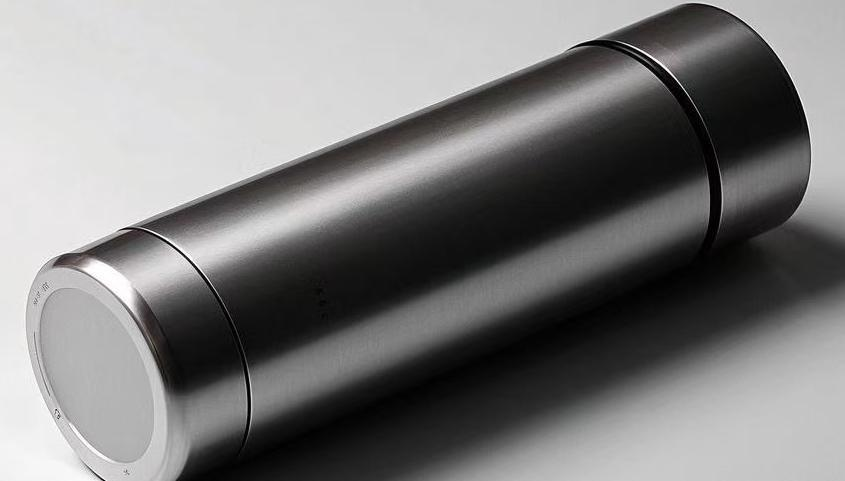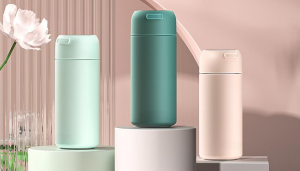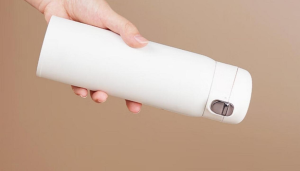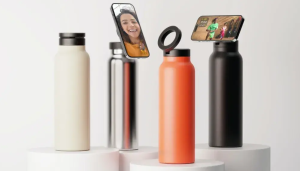The production process of thermos cups is relatively complex, and the following are their main production processes:
1. Raw material preparation
Select food grade 304 or 316 stainless steel as the main material for the inner and outer shells, and prepare auxiliary materials such as PP plastic and silicone sealing rings for the cup lid.
2. Inner liner processing
(1) Stretch forming: Cutting stainless steel plates into appropriate sizes and forming cylindrical inner liner prototypes through stretching technology.
(2) Welding: Use welding technology to weld the bottom and sides of the inner liner together, ensuring that the weld seam is firm and well sealed.
(3) Polishing: Polish and polish the welded inner liner to make its surface smooth, free of burrs and defects.
3. Shell processing
(1) Stamping forming: Stamping stainless steel or other materials into the shape of the shell, which can be cylindrical, square, etc. according to design requirements.
(2) Surface treatment: Surface treatment of the stamped shell, such as spraying, electroplating, sanding, etc., to increase the appearance and corrosion resistance of the shell.
4. Vacuum treatment
(1) Vacuuming: Assemble the inner container and outer shell together, then place them in a vacuum device to extract the air in the middle layer, creating a vacuum environment to reduce heat conduction.
(2) Sealing: Seal the opening of the interlayer in a vacuum state to ensure the sealing of the vacuum layer.
5. Cup lid production
(1) Injection molding: After heating and melting PP plastic particles, they are injected into the cup lid mold to produce the main body of the cup lid through injection molding process.
(2) Assembly: Install the silicone sealing ring onto the cup lid to ensure good sealing performance. Some cup lids also come with accessories such as buttons and straws.
6. Assembly
Assemble the processed inner liner, outer shell, and cup lid to ensure a tight fit between each component, without looseness or water leakage.
7. Inspection
(1) Appearance inspection: Check the appearance of the insulated cup for defects, scratches, color differences, and other issues.
(2) Performance testing: Conduct insulation performance testing, sealing performance testing, etc. on the insulated cup to ensure that the product meets quality standards.
8. Packaging
Packaging qualified insulated cups usually involves using packaging materials such as paper boxes and plastic bags, and then packing them into cardboard boxes for factory sale.








